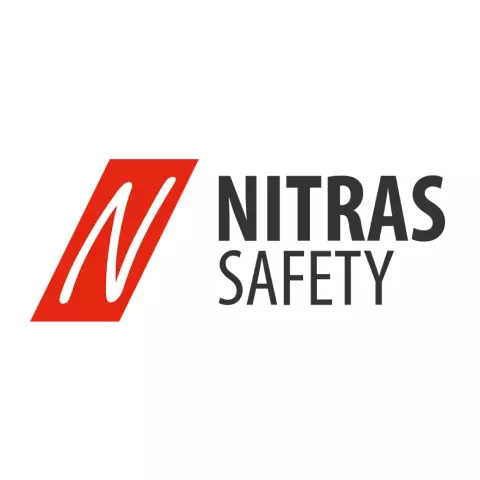TAEKI Cut-resistant Arm Protectors Yellow
4.9 / 5
Product description
Cut-resistant arm protectors manufactured with TAEKI special yarn, offering superior protection against cuts and contact heat up to 100°C for 15 seconds. These 45 cm protectors feature a thumb hole design for secure positioning and enhanced comfort during use.
Product Features:
- Very high cut resistance
- Protection against contact heat (100°C, 15 seconds)
- Thumb hole for optimal fixation
- Enhanced wearing comfort
- 45 cm length coverage
- Heat & Flame Resistance
- Food Service
Standards and labels
Nitras delivery terms
Free delivery when you order more than 1 650,00 kr from Nitras
Supplier shipping fee 55,20 kr
Brand minimum 0,00 kr
63,50 kr
Shipping fee is 55,20 kr for orders under 1 650,00 kr
Sold in units of one pair
Need larger quantities?
Other products you may like
Recently viewed
Other products you may like
Similar products you may like
Autonomous sourcing platform
The most efficient way to source and order supplies for your operations




